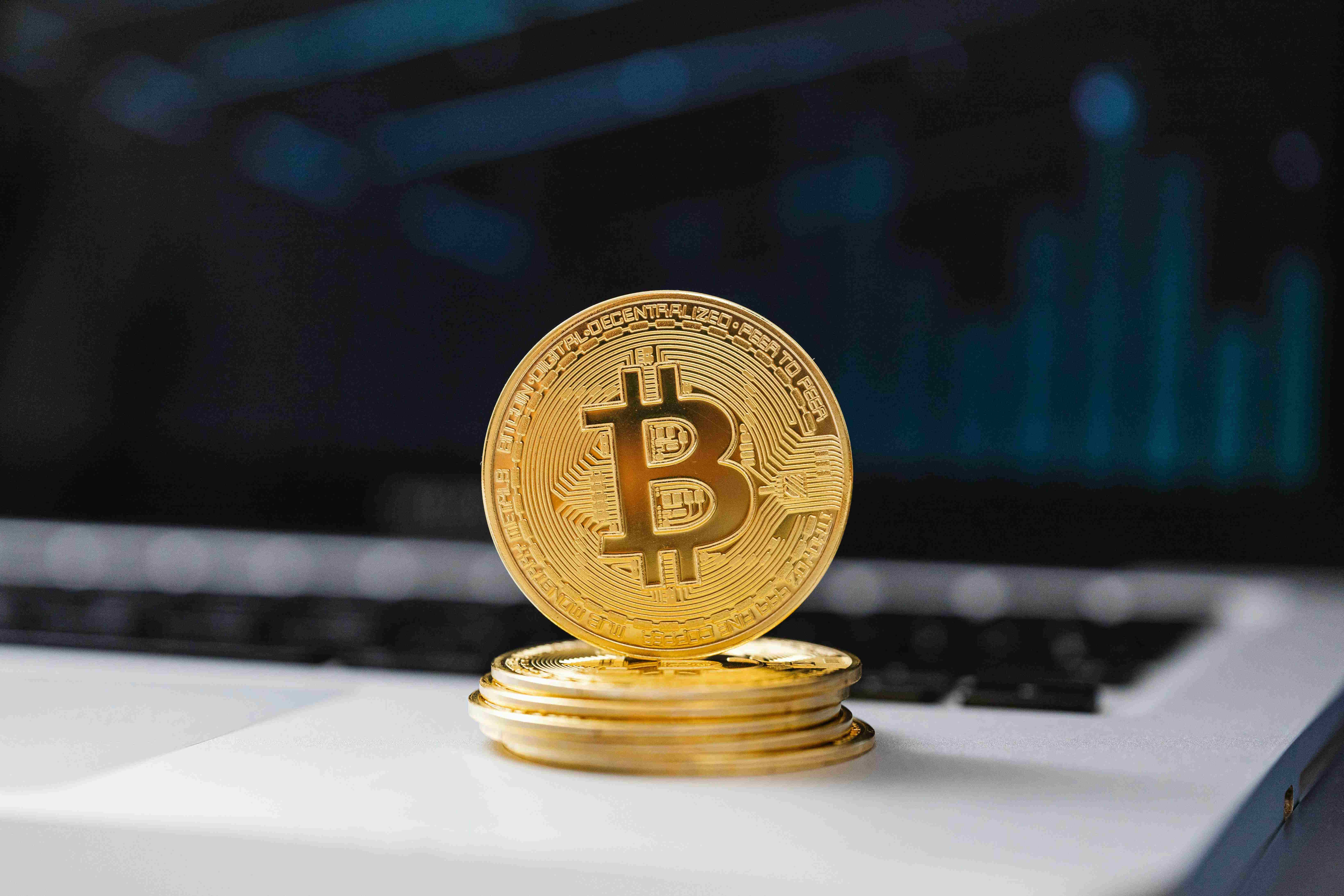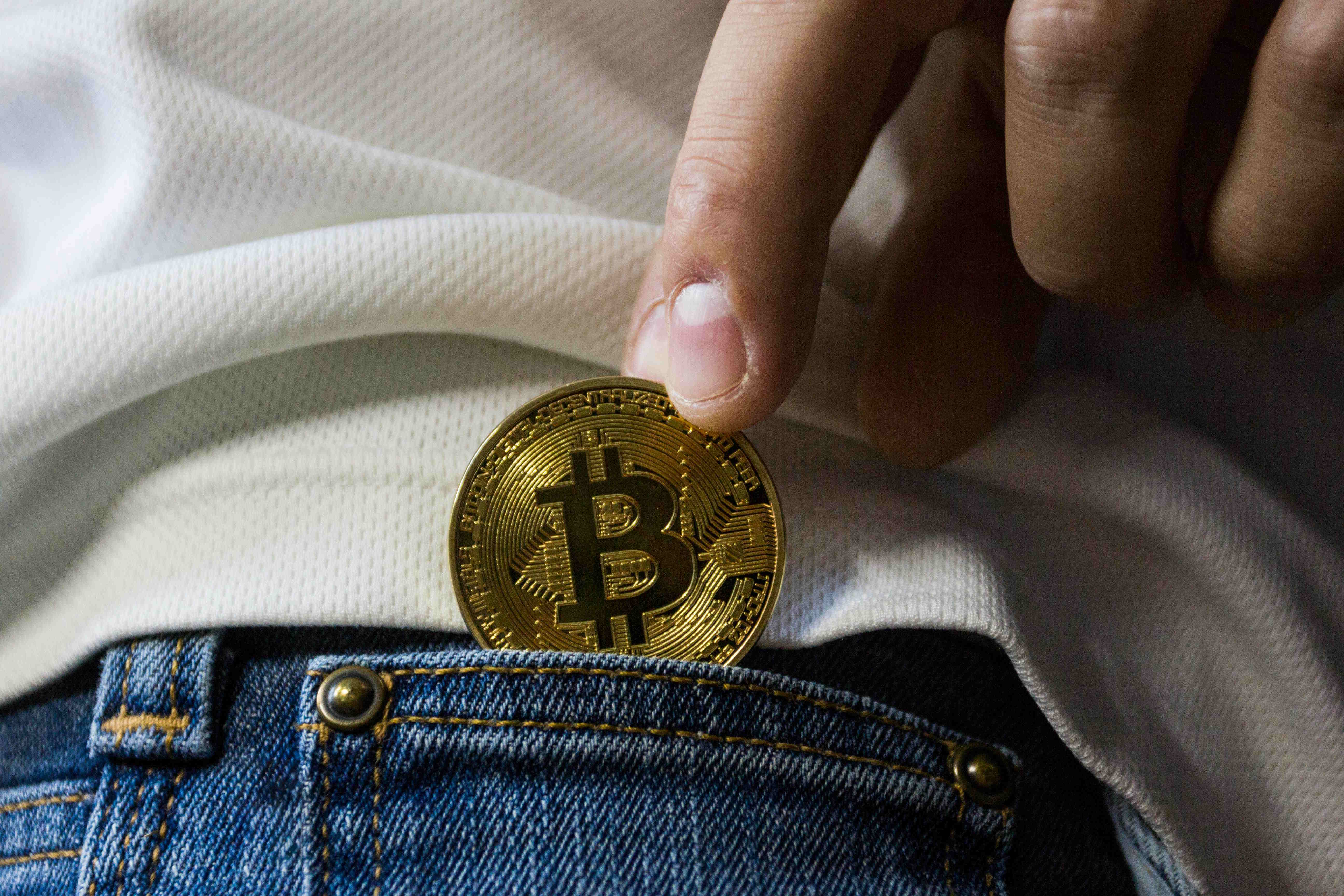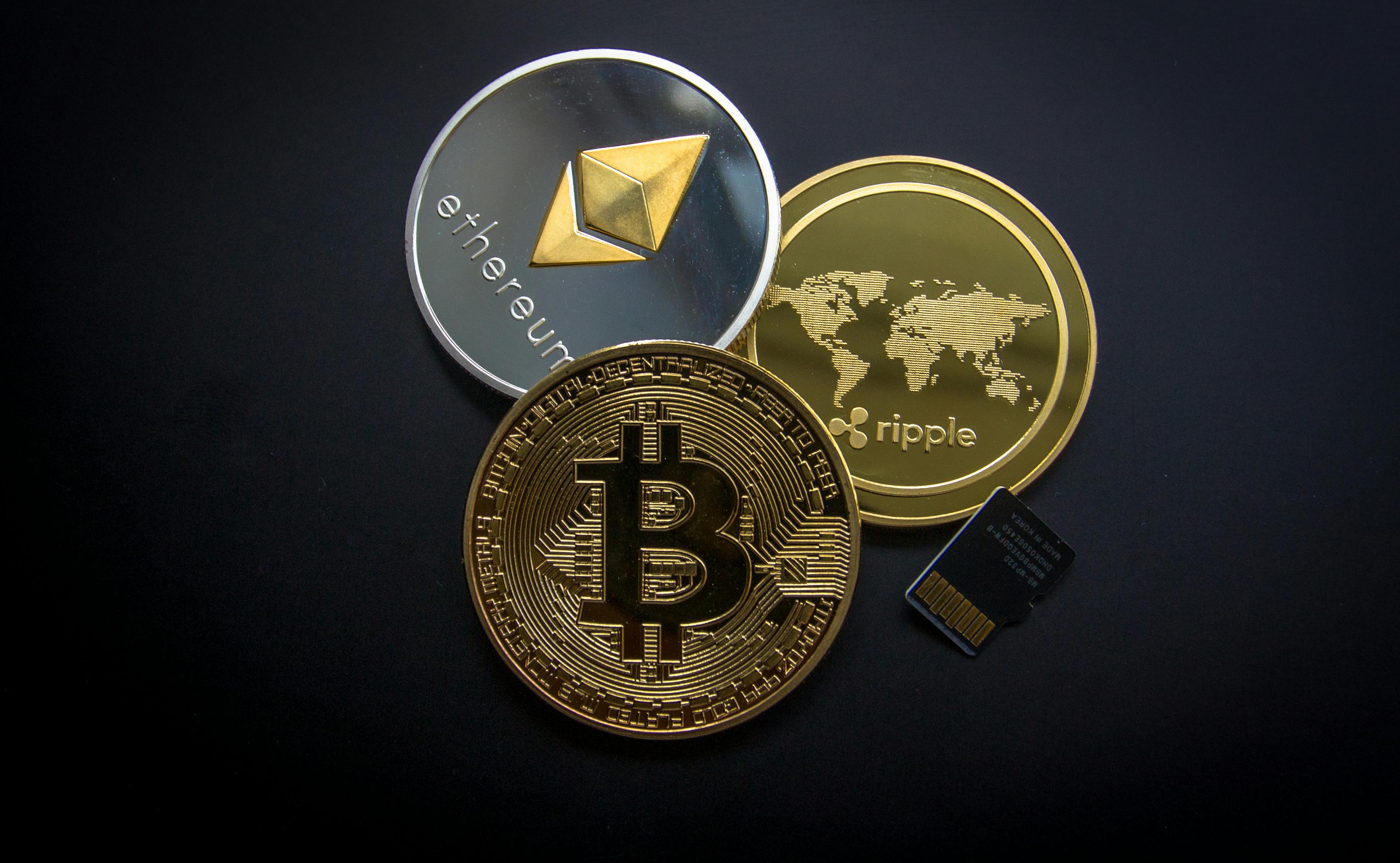Selecting the ideal crypto trading bot might appear overwhelming. While on the quest for one that aligns well with my trading approach, I’ve understood the significance of paying attention to their historical achievements.
Employing past data to assess a bot’s previous results is key. This guide will assist you in maneuvering through this procedure. Let’s begin!
Key Takeaways
- Historical data helps choose the best crypto trading bot. It shows how a bot did in the past.
- Looking at win rates, trade frequency, and other metrics is key to picking a good bot.
- Some top bots include 3Commas, Cryptohopper, and Shrimpy. Each has different features and prices.
- Accessing historical data can be done through APIs or market data providers.
- Testing strategies with old market data helps make better trading plans for bots.

Importance of Historical Performance Data in Crypto Trading Bots
Historical data in crypto trading bots is a game-changer. It helps traders shape strategies and boosts the bot’s success.
Significance in Strategy Development
I look at past data to make future plans. This is key in creating smart trading strategies. Bots use old data to test and fine-tune how they act. By checking win rates and profit/loss ratios, I refine my approach.
This method helps decide which moves make more money and cut losses.
Next, we’ll see how this makes the bot do better in trading.
Impact on Bot Effectiveness
Historical performance data greatly affects a crypto trading bot’s effectiveness. With good data, I can see how the bot performed in past markets. This helps shape trading strategies to fit current market trends.
Bots execute trades 24/7, but if they don’t learn from history, their decisions might not be smart.
Using metrics like success rates and trade frequency matters too. Analyzing these numbers tells me how well a bot works over time. A solid track record boosts confidence in making automated trades and managing risks effectively with tools like stop-loss orders for loss control.
Good historical data means I can trust my bots more—and that leads to better investment results.
Evaluating the Performance of Crypto Trading Bots
Evaluating the performance of crypto trading bots is key. You need to look at success rates, trade frequency, and other metrics that show how well they work.
Key Performance Metrics
Key performance metrics are crucial for evaluating crypto trading bots. They help assess how well a bot performs in various market conditions.
- Win Rate: This shows the percentage of profitable trades. A higher win rate means better chances of making money.
- Profit/Loss Ratio: This metric compares profit to loss on each trade. A good ratio indicates that profits outweigh losses.
- Trade Frequency: This tells how often a bot executes trades. Regular trading can capture more market opportunities, but it may also raise fees.
- Risk Management: Using stop-loss orders is vital. These limit potential losses on trades and protect your capital.
- Diversification: Spreading investments across different assets reduces risk. It helps safeguard against market volatility.
- Capital Preservation: Making regular withdrawals secures profits from gains. Keeping some funds safe is crucial for long-term success.
Tracking these metrics aids in fine-tuning trading strategies and improving overall performance in the cryptocurrency market.
Success Rate Comparisons
After evaluating how to determine a cryptocurrency trading bot’s performance metrics, I now examine which of these bots has higher success rates, similar to assessing the most frequent winner in a series of races.
Here’s a straightforward presentation:
Name, Trades Per Day, Strategy Type:
- 3Commas 70% High
- Cryptohopper 65% Medium
- Shrimpy 75% Low
- Coinrule 60% Medium
Why is this information crucial? It indicates which bots frequently perform well. While no bot guarantees consistent success, knowing their historical performance can provide insights into potential future outcomes.
Market conditions are variable. Strategies that succeeded in the past may not yield the same results in the future, prompting continuous education and strategy adjustments.
Before I select a bot, I always consider these statistics. I find it wise to also examine user feedback and confirm the security measures of the bots to inform my decisions.
Trade Frequency Analysis
Switching from the frequency of bot victories, I’ll discuss how often they execute trades. This section deals with trade frequency analysis, examining the number of trades a bot conducts within a given period. This indicates whether a bot is proactive, engaging in numerous transactions, or cautious with fewer trades.
Here’s an overview of some leading bots and their trading activity:
Name, Trades Per Day, Strategy Type:
- 3Commas 50-100 Varies
- Cryptohopper 75-150 Varies
- Shrimpy 20-40 Long-term
- Coinrule 60-120 Customizable
These figures show us how each bot operates. Bots such as Cryptohopper may perform many trades within a single day, aiming to profit from minor price fluctuations. In contrast, Shrimpy concentrates on broader strategies, engaging in fewer transactions but aiming for more significant returns over time.
Managing numerous trades is challenging without automated assistance. These applications enable continuous trading across various currency pairs and allow strategy validation with historical data before engaging in live markets. This can reveal whether a strategy was previously successful.
Therefore, this information about trading frequency is crucial. It sheds light on a bot’s operational approach and whether it might align with our trading objectives.
Top AI-Powered Crypto Trading Bots and Their Historical Data
Top AI-driven crypto trading bots show varied historical data. These bots like 3Commas and Cryptohopper have unique strengths and track records that traders can analyze for better decision-making.
3Commas
3Commas is a powerful tool for crypto traders. It connects with over 20 exchanges like Binance and Kraken. The interface is user-friendly, letting me set up multiple bots easily. I can choose from DCA (dollar-cost averaging), grid trading, or options.
Pricing starts at $49 per month for the PRO plan and $79 for the EXPERT plan. Their SmartTrade terminal offers advanced order types too. With its features, I can automate my trading strategies while managing risk effectively in this volatile market.
Cryptohopper
Next up is Cryptohopper. This trading bot works in the cloud and supports 16 popular exchanges like Binance, Poloniex, and KuCoin. It offers a free plan called PIONEER. The paid plans start at $24.16 a month for EXPLORER and go up to $107.50 for HERO.
I find its backtesting tools handy for testing trading strategies before using real money. The visual editor makes it easy to create new strategies without getting lost in complex coding.
With features like social trading, I can follow expert traders or copy their moves directly. Cryptohopper incorporates machine learning algorithms too, improving its success rate over time by adapting to market trends and volatility.
Shrimpy
I want to highlight Shrimpy now. This crypto trading bot focuses on portfolio management and rebalancing. It connects with major exchanges like Binance, Coinbase, and Kraken. With Shrimpy, I can automate my trading strategies easily.
The platform offers a free plan along with paid options at $19/month for the Standard plan and $49/month for Plus. Using its features helps track market trends efficiently. Shrimpy also supports dollar-cost averaging (DCA) strategies, which is great for risk management in investing.
It has a user-friendly interface that simplifies automated trading for both new and experienced traders alike.
Coinrule
Coinrule is a powerful tool for crypto trading. It offers automated trading strategies that anyone can use. The user-friendly interface makes it easy, even for beginners. I love that Coinrule features over 250 customizable rules.
This flexibility allows me to tailor my approach based on my investment goals.
The pricing plans start with a free option for starters. If I want more features, I can choose the Hobbyist plan at $29.99 per month or upgrade to the Trader plan at $59.99 monthly and even the Pro plan for $449.99 monthly…
Each tier unlocks new tools to enhance portfolio management and risk management while maintaining ease of use in my trading journey with cryptocurrencies.
Next, let’s look at how to access historical crypto data effectively…

Methods to Access Historical Crypto Data
You can access historical crypto data through several methods. Official APIs, from exchanges like Coinbase and Binance, provide direct data feeds. Market data APIs also offer great insights into price movements and trends.
Simulated trading environments help test strategies using past market conditions without risking real money.
Official APIs
Official APIs provide access to valuable data in crypto trading. They let me pull real-time and historical data from exchanges easily. This includes quotes, transaction details, order book levels, and market capitalization.
Using official APIs saves time and helps me make better trading decisions.
These APIs often require long integration times and can cost a lot. Still, the right API boosts my automated trading strategies by supplying reliable market data. It’s essential for tracking trends and managing risk effectively in cryptocurrency markets.
Market Data APIs
Market Data APIs help traders access key information from different cryptocurrency exchanges. They provide real-time data, quotes, order book levels, and OHLCV data. This helps in understanding market trends and making better decisions.
Using these APIs is crucial for automated trading or algorithmic trading. They ensure that I have up-to-date information at my fingertips. Reliable providers can offer standardized historical data too.
That means less downtime and fewer risks of data breaches…something we all want to avoid!
Simulated Trading Environments
Simulated trading environments allow me to practice trading without real money. I can run my strategies and see how they would perform in current market conditions. These setups use real-time data to mimic actual trading.
Paper trading helps me understand my trades better, without any risk.
I analyze key performance metrics during these simulations. They show successes and failures clearly. This way, I can refine my approach before investing real capital. Using this method prepares me for the volatility of cryptocurrency markets… now let’s explore the challenges in analyzing crypto bot performance.
Challenges in Analyzing Crypto Bot Performance
Crypto markets change fast. This makes it hard to analyze performance data for trading bots. Variability can lead to misleading results. Data quality also matters a lot, as incorrect information can skew insights…
Traders need to be aware of these risks when using historical data for decision-making.
Variability in Market Conditions
Market conditions change quickly. I’ve seen prices soar one day, then drop the next. Such volatility can confuse even seasoned traders. Bots cannot predict these crashes or extreme shifts in price.
These sudden changes make it hard for trading strategies to work as planned.
Data accuracy is vital during market swings. If data isn’t right, it could lead to poor decisions. Tools like backtesting software help evaluate past performance but can’t guarantee future results.
Always prepare contingency plans for unexpected moves in the cryptocurrency market…
Data Integrity and Accuracy
Data integrity and accuracy are key for trading bots. Unreliable data can lead to poor decisions. A bot may act on wrong info, causing losses. I trust data from official APIs and market data providers.
They often offer real-time data that helps in making better choices.
I also check user reviews before choosing a trading platform. Security matters too—inadequate security can lead to breaches or downtime. These risks affect trade results, so ensuring your sources are reliable is vital for success in cryptocurrency trading.
Best Practices in Utilizing Historical Data for Crypto Bots
Using historical data is key for crypto bots. Testing strategies on past market trends can show what works best. I also keep a close eye on performance over time, ensuring the bot stays effective.
Results from techniques like dollar-cost averaging and stop-loss orders help shape my trading plans too. These best practices make my automated trading sharper and more reliable…
they really boost success rates!
Backtesting Strategies
Backtesting strategies are crucial for traders. I test my crypto trading bots using historical data. This helps me see how well they might perform in the real market. I look at key performance metrics like win rates and profit/loss ratios.
By comparing results, I can refine my trading strategy before investing real money. Backtesting even allows me to explore different market conditions, which is helpful for risk management.
Using this approach boosts my confidence in automated trading systems like AI bots or algorithmic trading methods.
Continuous Performance Monitoring
I monitor my crypto bots regularly. Keeping an eye on performance helps me make smart choices. Bots can trade 24/7 without stopping, so their activity needs tracking. I check key metrics often to see how well they’re doing.
This includes success rates and trade frequency.
Regular updates tell me if a bot sticks to its trading strategies or needs tweaking. Market conditions change fast, so I adjust the settings based on real-time data. By staying alert, I manage multiple pairs and strategies effectively while aiming for portfolio management success and capital preservation in the volatile crypto market.
Conclusion
Crypto trading bots use historical performance data to guide their strategies. This data helps traders make smarter choices. Successful bots can improve results through constant learning and adaptation.
Monitoring performance is key for anyone using these tools. Staying informed about market trends ensures better decision-making in crypto trading.


















